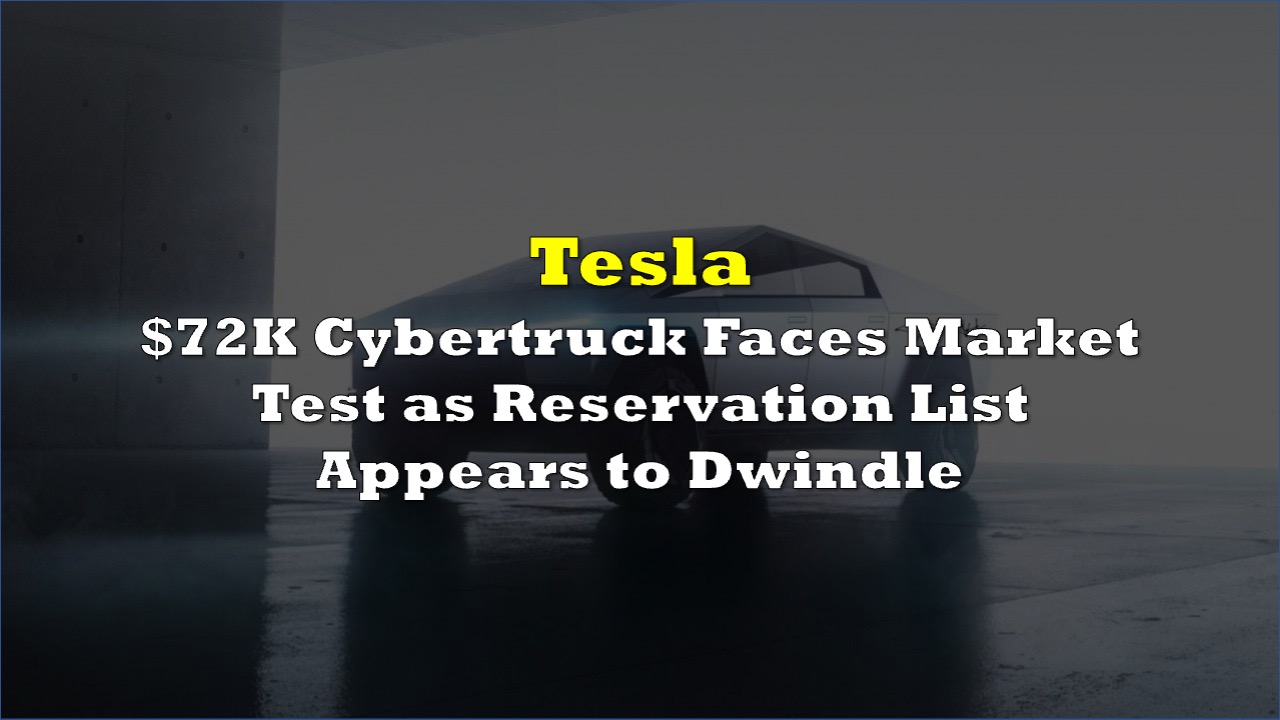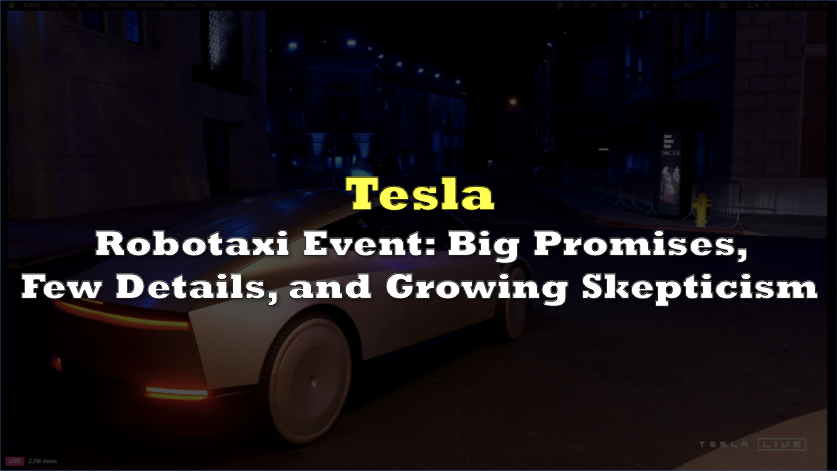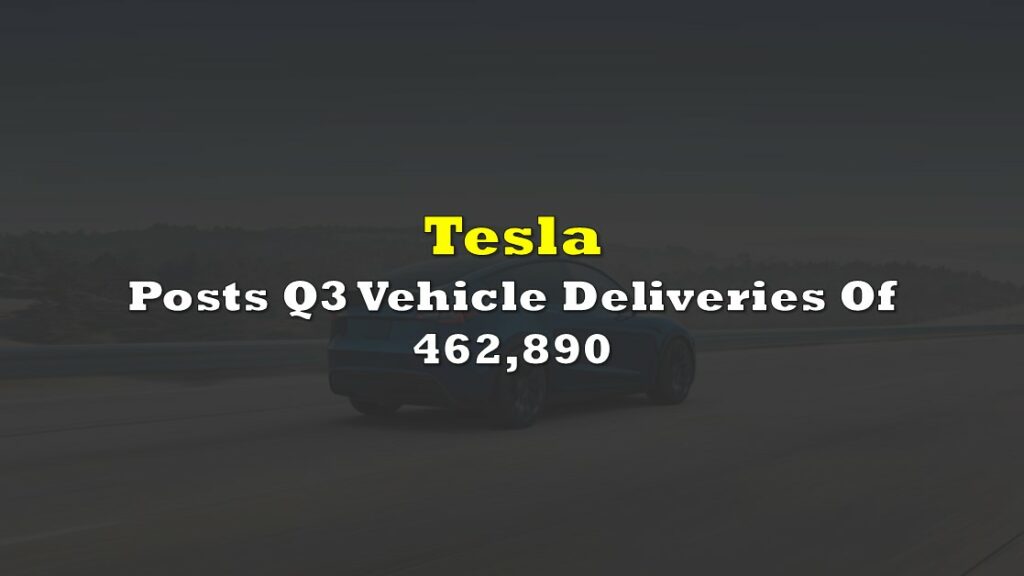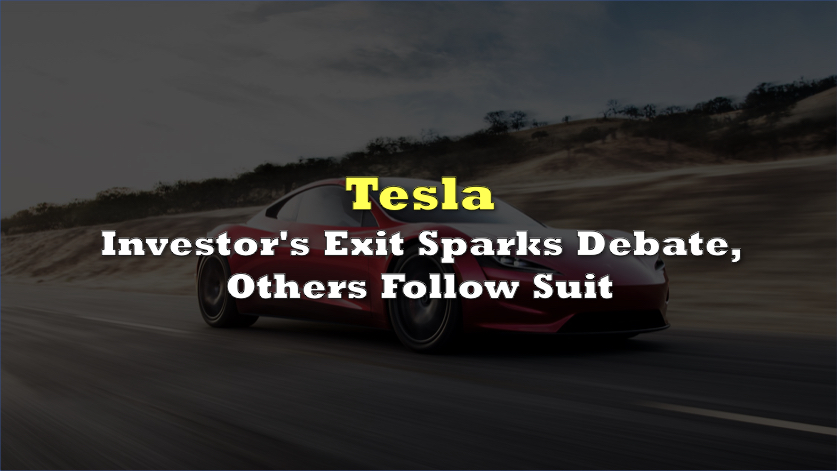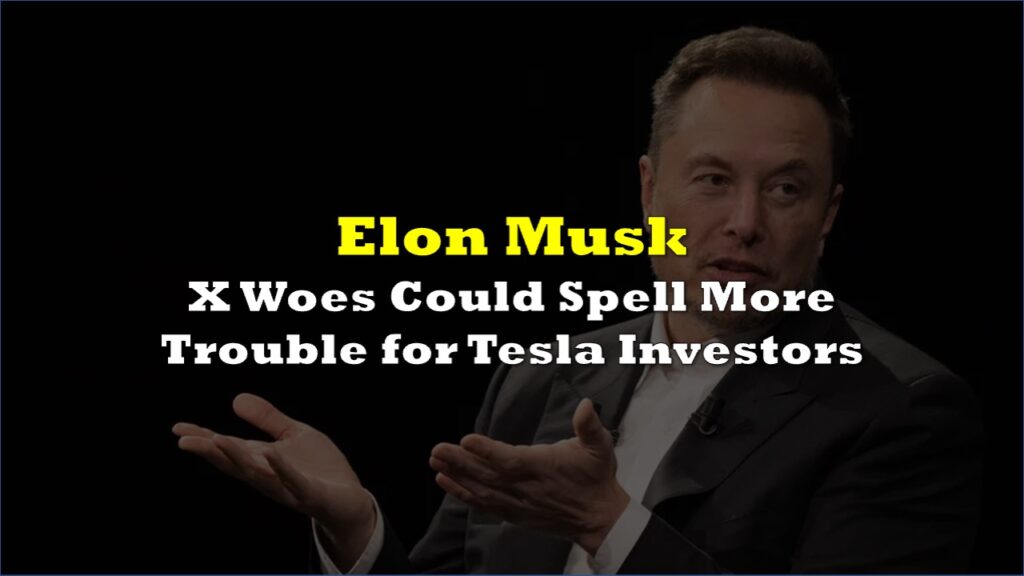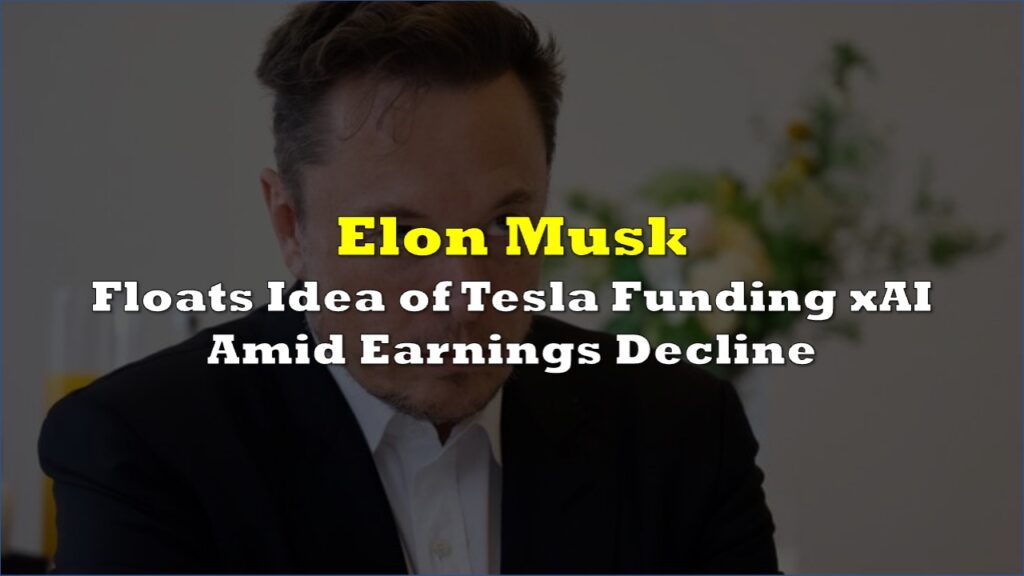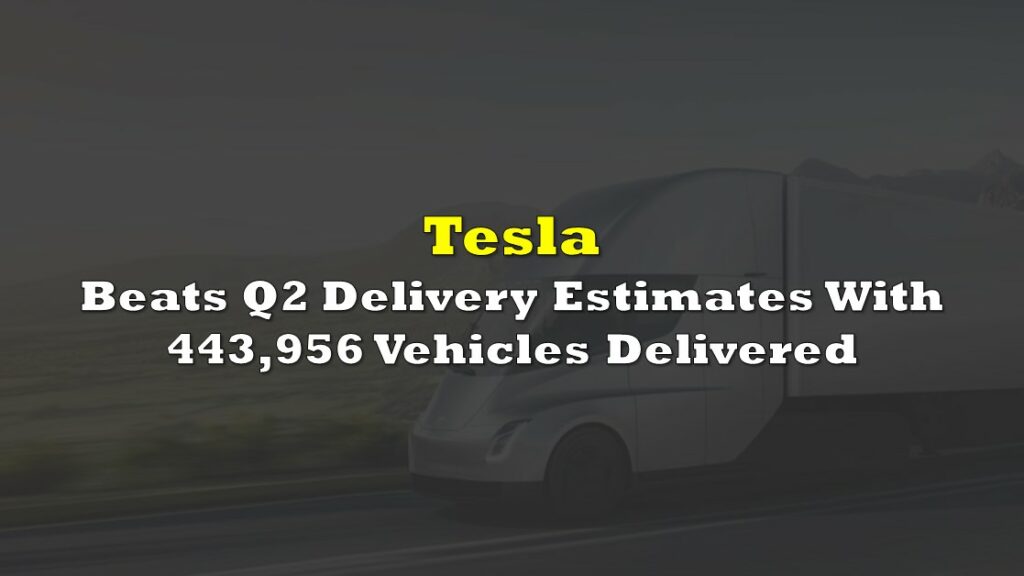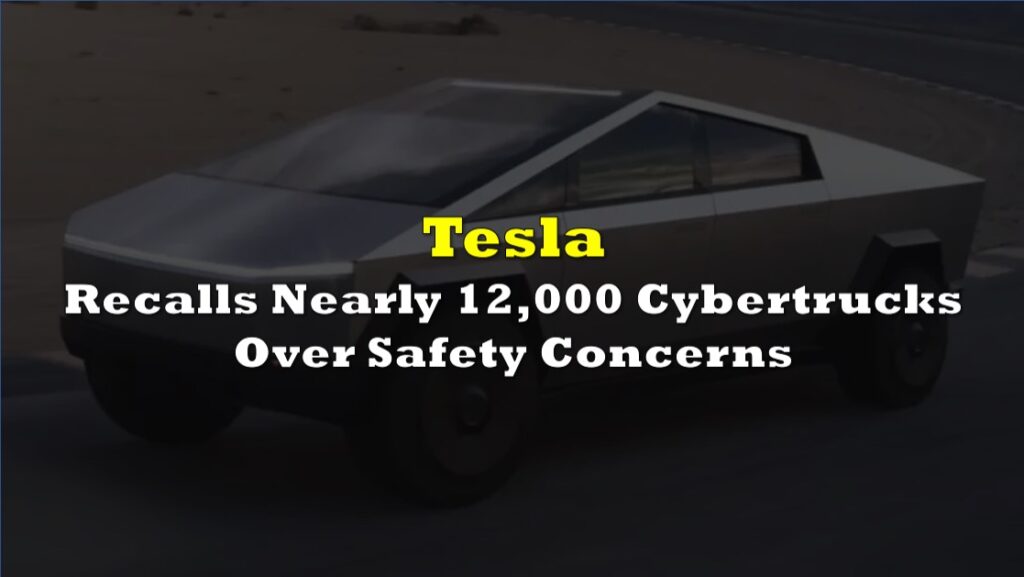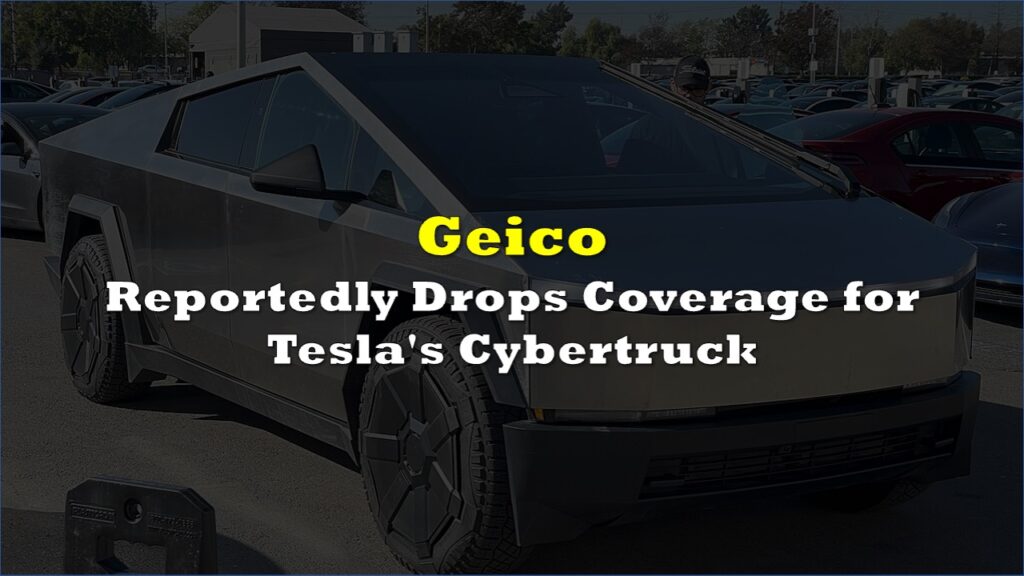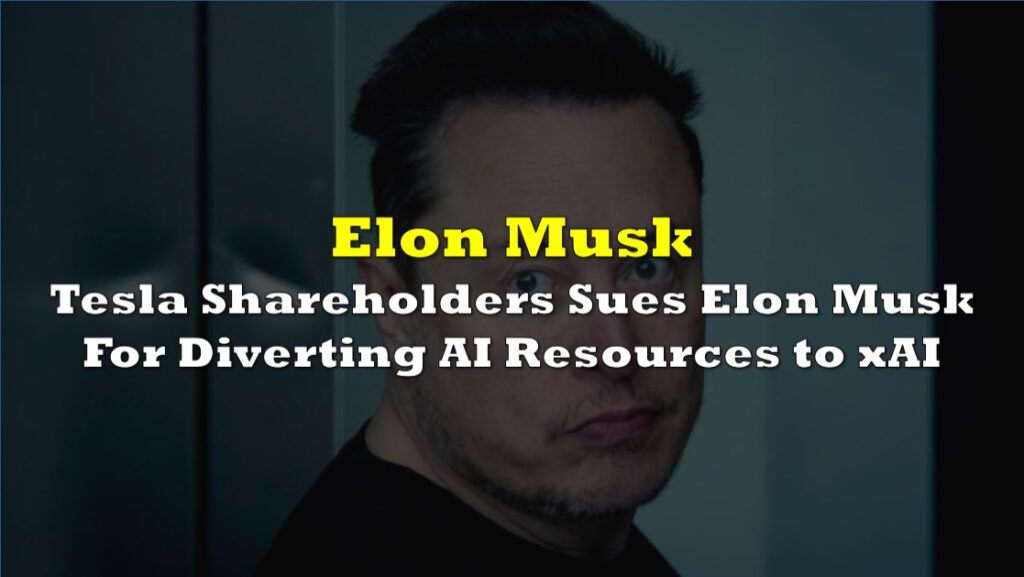Recent data reveals conflicting indicators about the Tesla (Nasdaq: TSLA) Cybertruck’s market performance following a price reduction in October. While Cox Automotive reported the Cybertruck as the third best-selling electric vehicle in the US during the third quarter, outperforming established competitors like the Ford F150 Lightning and Mustang Mach-E, and Hyundai Ioniq, a recent report suggests potential demand challenges.
The all-wheel-drive Cybertruck, now available for $72,490 (including the $7,500 Commercial Clean Vehicle Credit), represents a substantial decrease from the previous Foundation Series pricing that exceeded $100,000. Tesla had also listed a future trim priced at $60,990 on its website until August.
Related: Geico Doesn’t Want to Insure the Tesla Cybertruck
Industry analyst Tom Libby from S&P Global Mobility told Forbes about Cybertruck’s unique position in the market: “The Cybertruck is so unprecedented that there is no benchmark for it and no way of knowing what its potential is.”
He adds that while Tesla’s brand remains strong in the US market, Tesla’s overall market share declined by 4.5% in the third quarter, according to Cox. Libby notes that in August, “three of the four ongoing Tesla models were down and the fourth was up a hair. Tesla’s August year-over-year increase was due almost entirely to the Cybertruck.”
However, recent delivery patterns raise questions about sustained demand. According to Torque News, multiple new buyers report (like here and here) surprisingly quick delivery times, with some customers receiving their vehicles within 10 days of ordering.
10 days is from earlier projections that suggested the truck might be sold out until 2027. Torque News also pointed to information that indicates that only about 2.5% of the original million-plus reservation holders have proceeded with purchases. If true, this may mean that Tesla may have to halt production until demand catches up.
The Cybertruck has gained particular traction in Los Angeles, where it has become a status symbol among celebrities and affluent consumers. Its distinctive design and initial exclusivity have contributed to its cultural impact, reminiscent of the early adoption patterns of Tesla’s Model 3 and Model Y.
Information for this story was found via the sources and companies mentioned. The author has no securities or affiliations related to the organizations discussed. Not a recommendation to buy or sell. Always do additional research and consult a professional before purchasing a security. The author holds no licenses.

